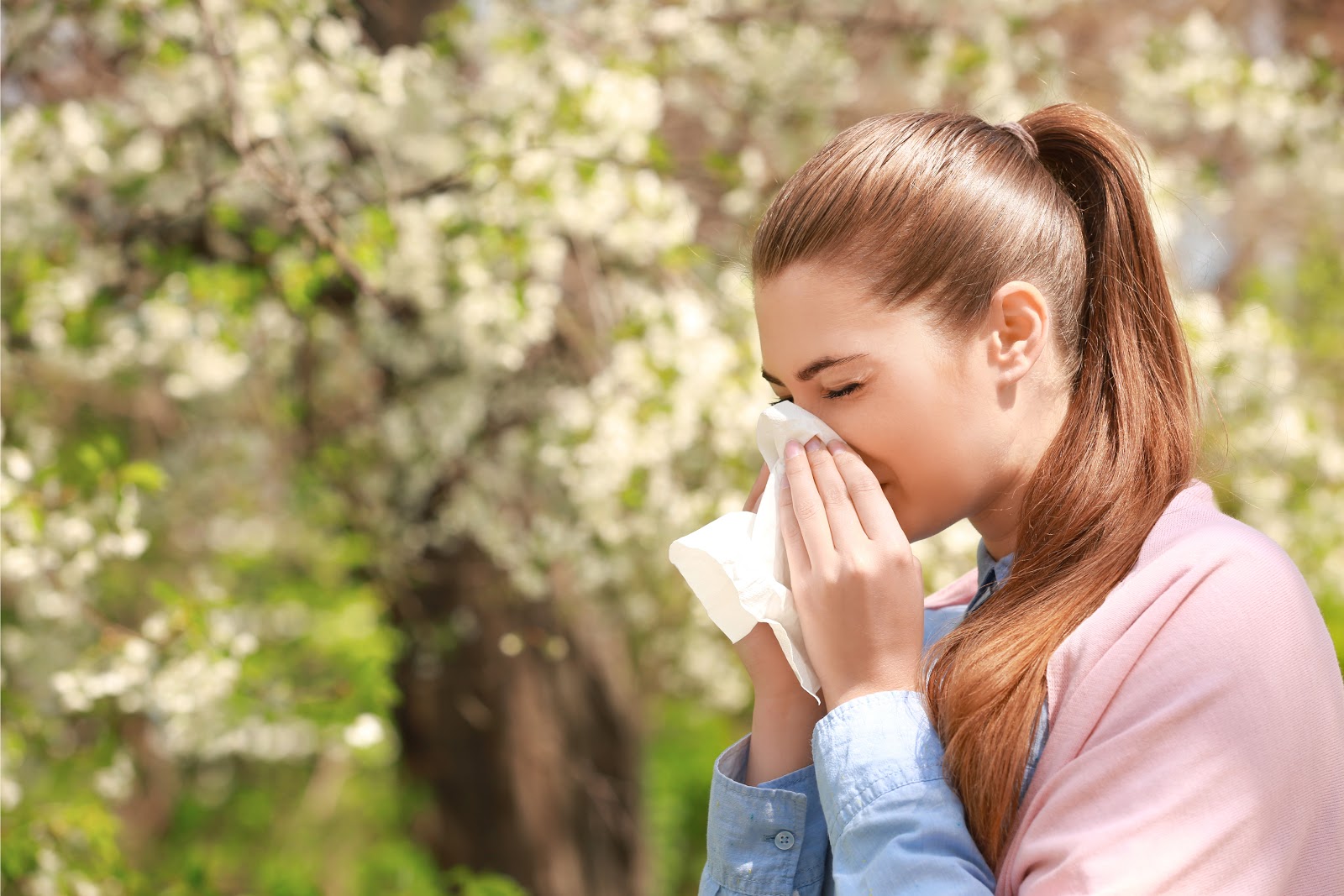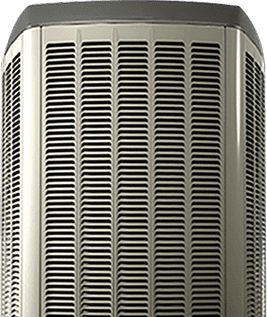The Most Common Allergens in the GTA & How to Protect Your Home

The Most Common Allergens in the GTA & How to Protect Your Home
The Greater Toronto Area (GTA) is a large, high-density area consisting of the central city of Toronto, and 25 surrounding cities and towns distributed among 4 municipalities. According to a 2016 census, the Greater Toronto Area is the most populous metropolitan area in Canada, boasting 6,417,516 residents.
With this amount of geographical space, combined with people, pollution, green space, and forestry, there are bound to be high instances of allergy sufferers. In fact, according to Best Health, Toronto and surrounding area has one of the highest averages of allergy sufferers per capita.
Allergen numbers across Canada are startling: Statistics Canada reports that in 2017, roughly 8.4 million people have medically-diagnosed allergies. Of these, the most common causes include:
- Pollens or grasses- 40.7%
- Certain animals – 28.5%
- Dust mites – 27.3%
- Medications – 28.0%
So what can be done? Before we can decide on the solution, let’s explore the problem in a little more detail.
Outdoor Allergens
Outdoor allergens are everywhere and extremely hard to control, especially in a high-density forested area like the GTA. Trees and plants produce pollen, a fine powdery substance made specifically for reproductive purposes. The amount of pollen in the air can fluctuate, depending on a variety of factors.
Pollen
According to Aerobiology Research Laboratories (ARL), the most common sources of pollen in the Greater Toronto Area are:
Ragweed. One of the allergenic species in Canada, ragweed last through the first frost. One billion grains of pollen can come from a single ragweed plant and wind can carry them right across the country.
Grasses. There are over 1000 known species of grass in Canada, but only a few species are considered allergenic. However, they play a significant role when it comes to allergens in the GTA.
Ash Trees. These are widespread trees found throughout the GTA and are entirely wind-pollinated and moderately allergenic.
Walnut Trees. These deciduous trees can cause allergic reactions when grouped together in large amounts.
Birch Trees. Considered significant allergens, birch trees are a deciduous hardwood that are mainly wind-pollinated, creating extensive amounts of pollen in the air.
Oak Trees. Especially abundant in the GTA, oak trees shed copious amounts of pollen.
Length of Winter
According to the ARL, the length of winter has the most significant impact on allergy season. Their research has found that, “When the weather is cold and wintery through until March or April, the pollen season is delayed. If spring arrives as normal and then winter weather returns, the pollen season will be interrupted.”
Rural Areas v. Urban Areas
According to Toronto allergist Dr. Mark Greenwald, when pollen hits the ground in rural areas, it’s also more likely to stay put — and not become airborne again — thanks to the cling of damp soil and vegetation.
Urban areas, however, have a plethora of hard, concrete surfaces where the pollen settles. This means the pollen doesn’t attach or embed itself into the earth. Instead, it remains free to float around more readily once the ground dries.
Additionally, as explained in a recent CBC article, urban areas are allergen magnets thanks to the types of plants grown in cities, including residential ornamental grasses known for spreading pollen. People are also now more likely to favour “clean” trees that don’t have messy flowers, seeds or fruit, also known as male species. The downside to this is that they are renowned pollen producers. Currently, 96% of Toronto’s tree population is of the male variety. And unfortunately, that equals a lot of airborne pollen.

Household Allergens
Pollen finds its way indoors via open windows and by clinging to our clothes and other personal items. In addition to pollen, there are several household allergens to be wary of.
Mould. Mould spores appear in moist and damp conditions and can form in several areas of your home: in walls, showers, furnace rooms, and basements.
Dust Mites. Dust mites are microscopic bugs, closely related to ticks and spiders, that live in dust and eat dead skin cells. They are most prevalent in mattresses, bedding, and other upholstered items.
Animal allergies. We love our pets, but dog and cat dander is a major cause of allergies and can quickly accumulate throughout your home if not kept under control.
Protect Your Home & Your Health
Luckily, there are several things you can do to keep pollen and household allergens to a minimum.
Vacuum Regularly
To pick up residual pollen, dust mites, and pet dander, be sure to vacuum your home regularly. The presence of these allergens will continue to build up and cause allergy symptoms to skyrocket if they aren’t cleaned up regularly.
Launder Often
As stated, allergens can stick to clothing and thrive in bedding. Be sure to launder your clothes regularly, and change your sheets once a week. It’s best to use the hottest cycle during allergy season to remove dander and kill dust mites completely.
Duct Cleaning
Clean ducts create a cleaner home by removing dust, debris, irritants, and allergens that buildup over time. Ultimately, regular duct cleaning can even help improve allergy symptoms and eliminate odours.
Clean Your Dryer Vents
Lint builds up in your dryer vents over time, but if it’s unchecked, it can lead to damp clothes and pose a fire hazard. Damp clothing and clogged vents can lead to mould growth. If you are noticing a problem with your dryer, it may be time for a dryer vent cleaning.
Home Humidifiers
Humidity levels in your home are important for several reasons. Steady levels of humidity can lessen symptoms of asthma and eczema. Also, dust mites and mould thrive in an overly humid environment, so it is important to moderate your levels according to your climate. It is a good idea to keep your humidifier maintained or have one installed in your home.
UV Air Purifiers
UV air purifiers utilize ultraviolet light to eliminate microscopic particles such as viruses, bacteria, mould, and allergens. These are the types of air pollutants that may be missed by regular air filtration systems. Popular in health-sensitive facilities such as hospitals, UV air purifiers are becoming more common in residential homes.
Call The Professionals
As a homeowner, there are several things you can do to make allergy season more bearable. Contact Peel Heating & Air Conditioning now – we offer a range of home solutions to keep your home as allergen-free as possible the whole year-round.
